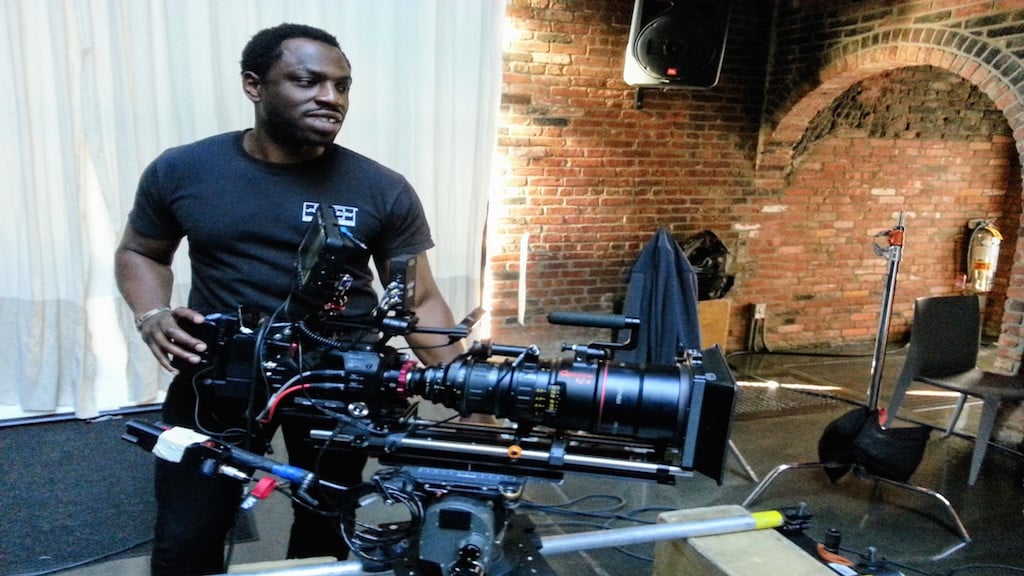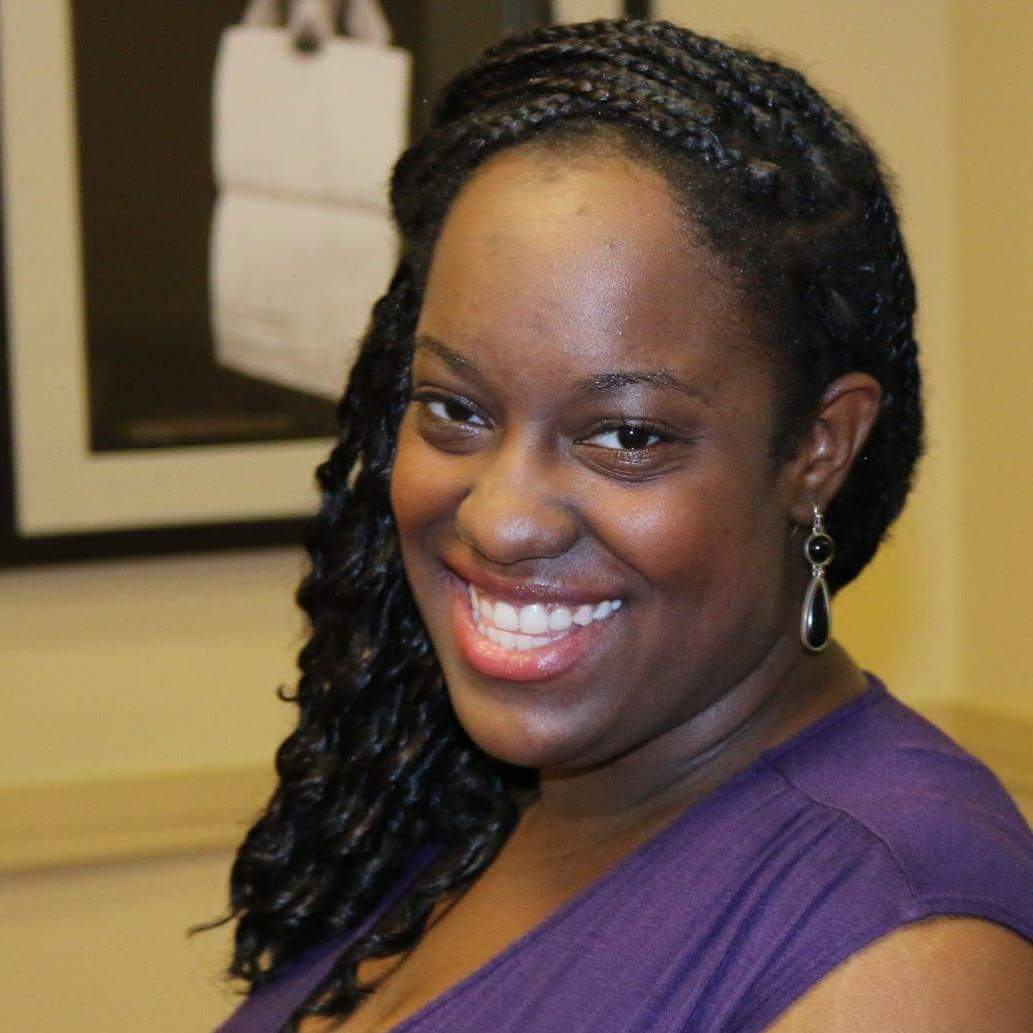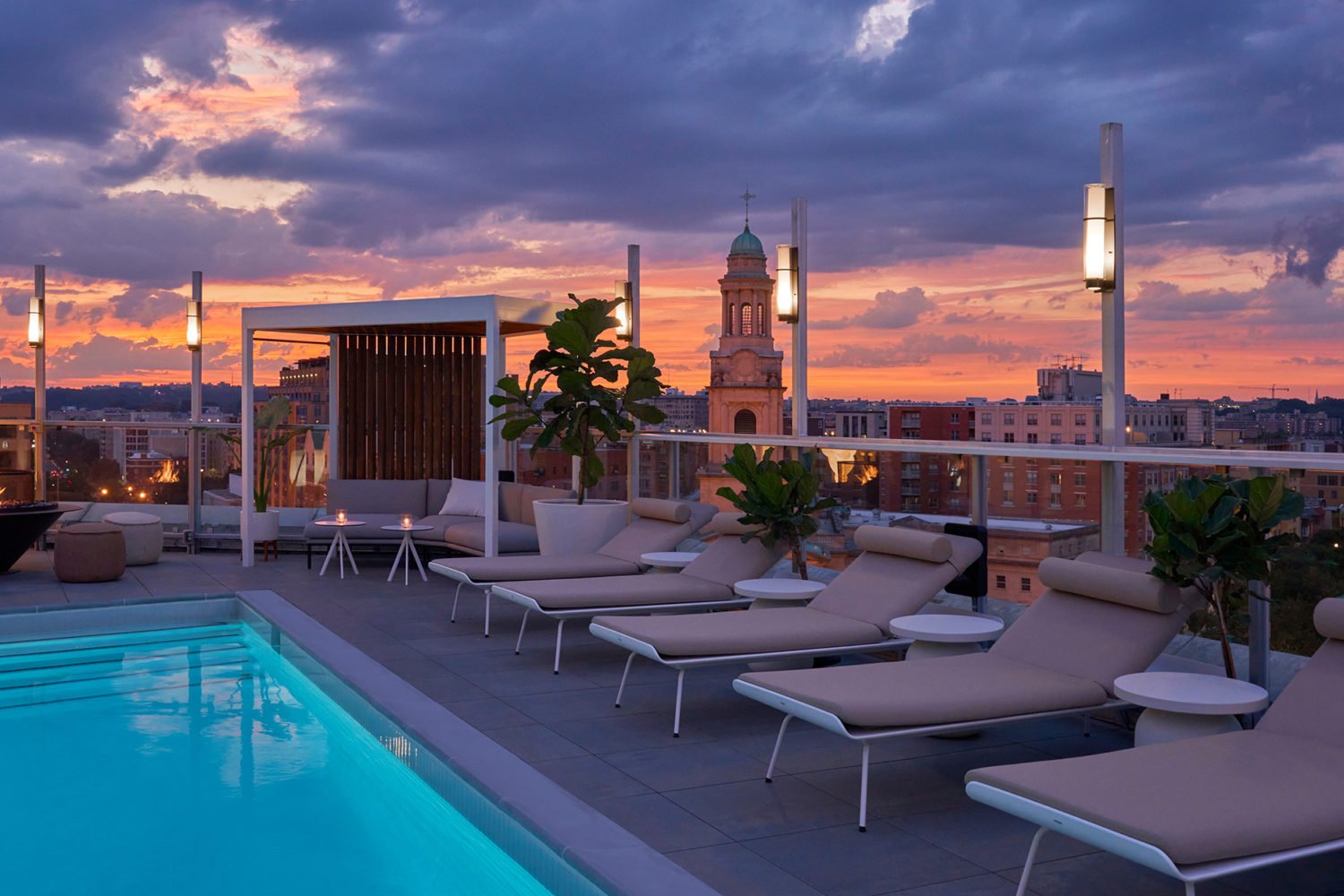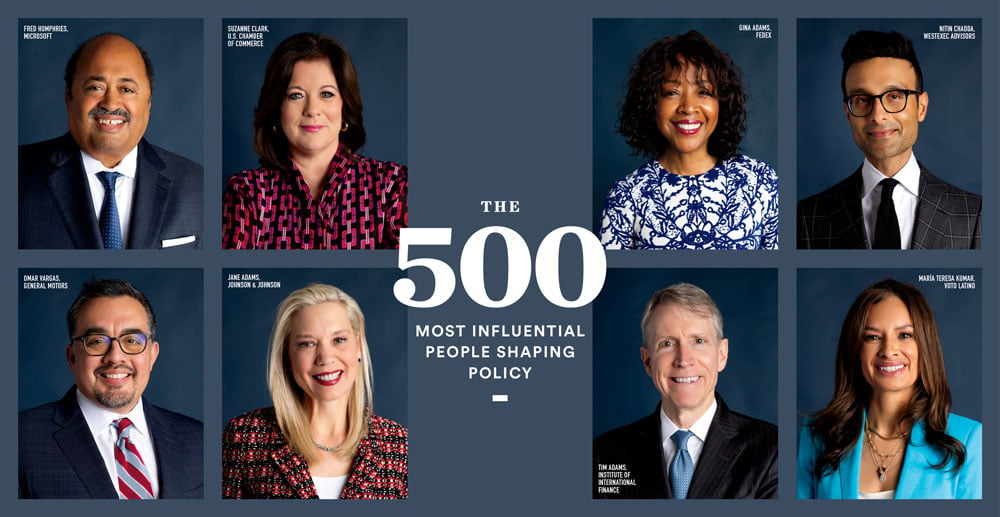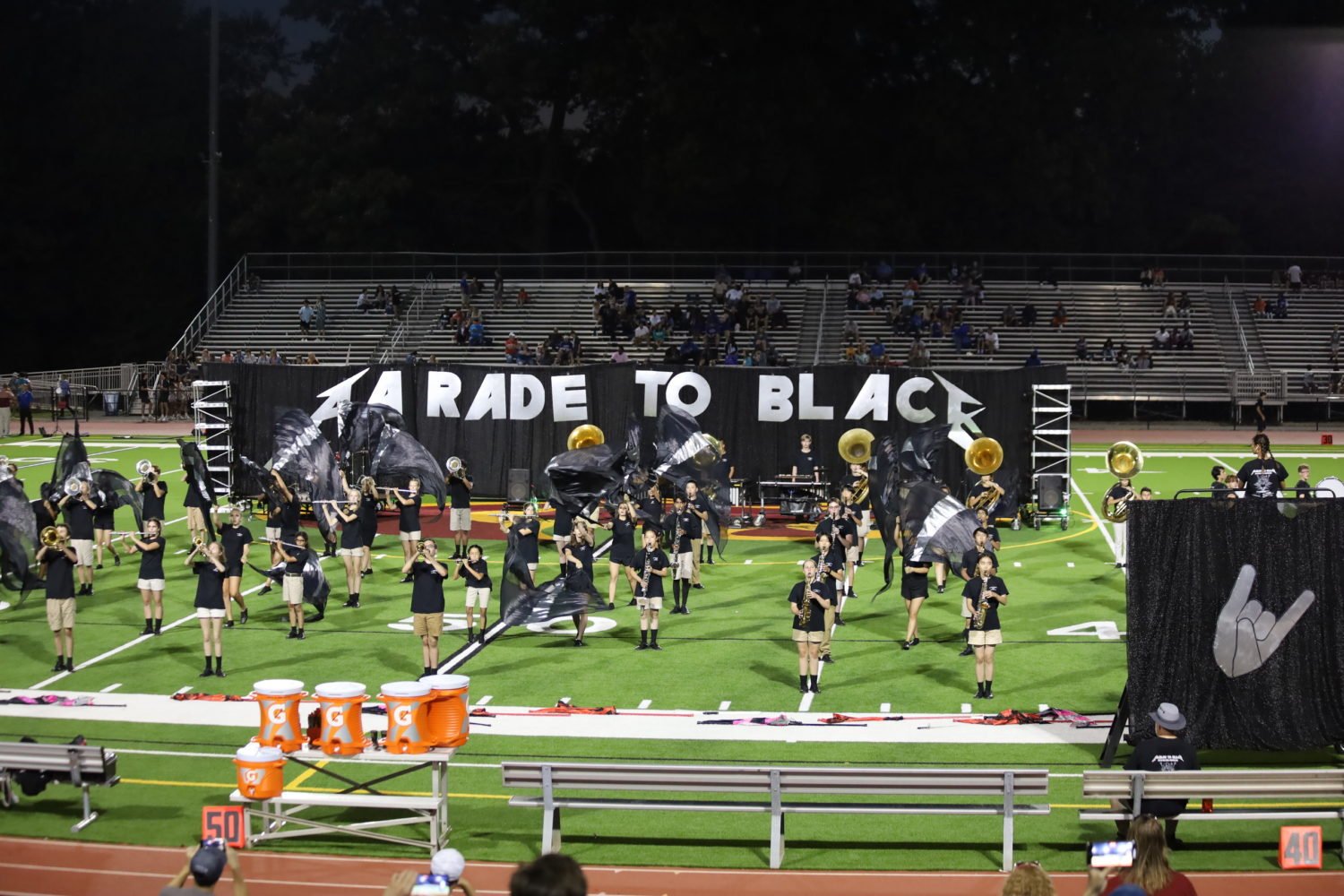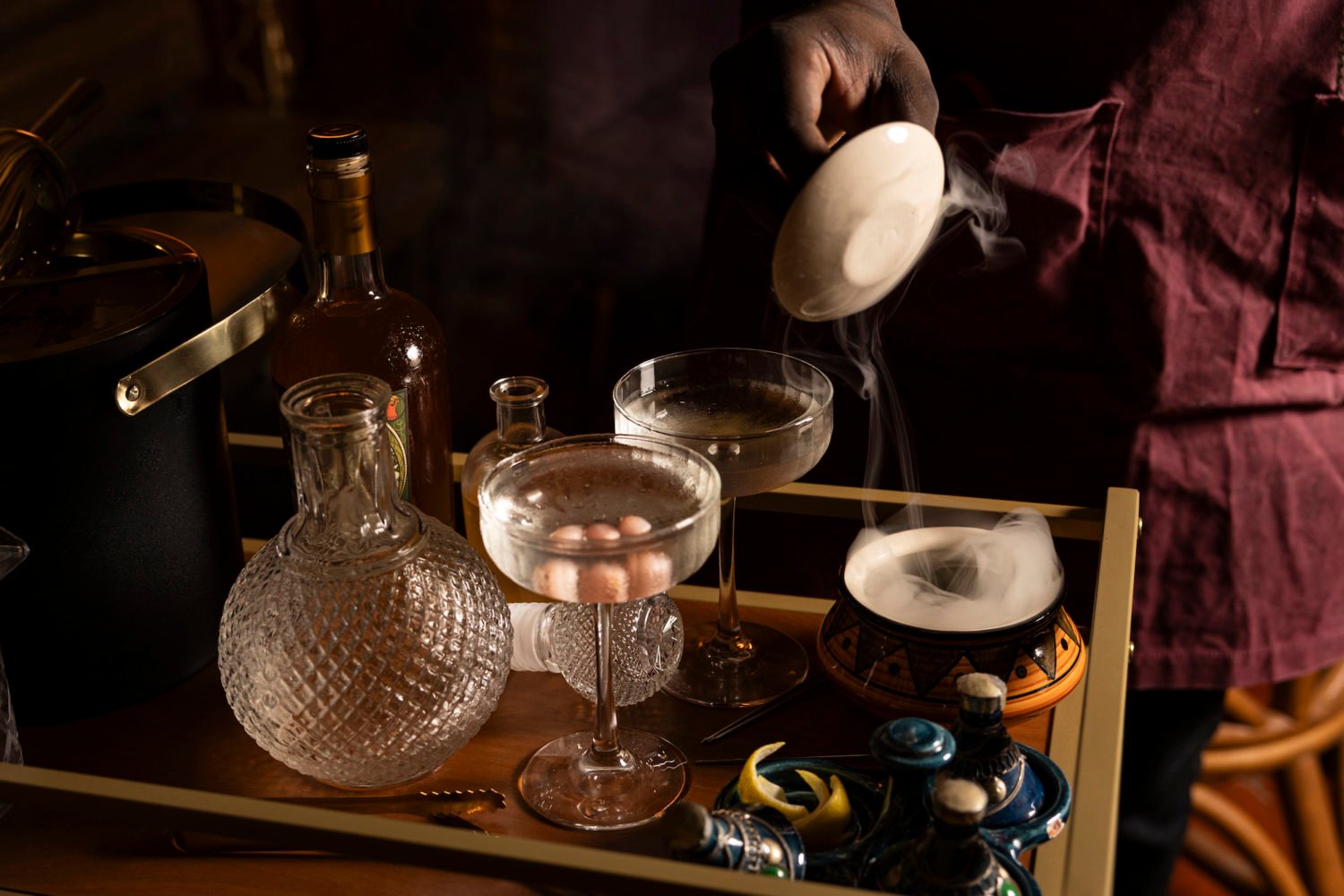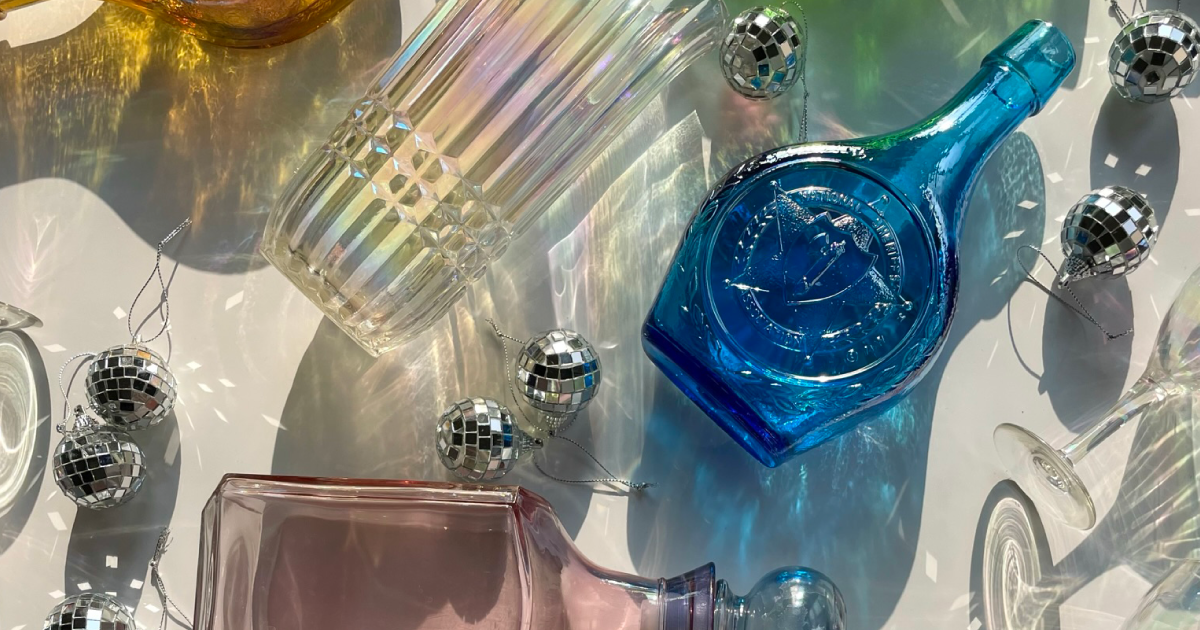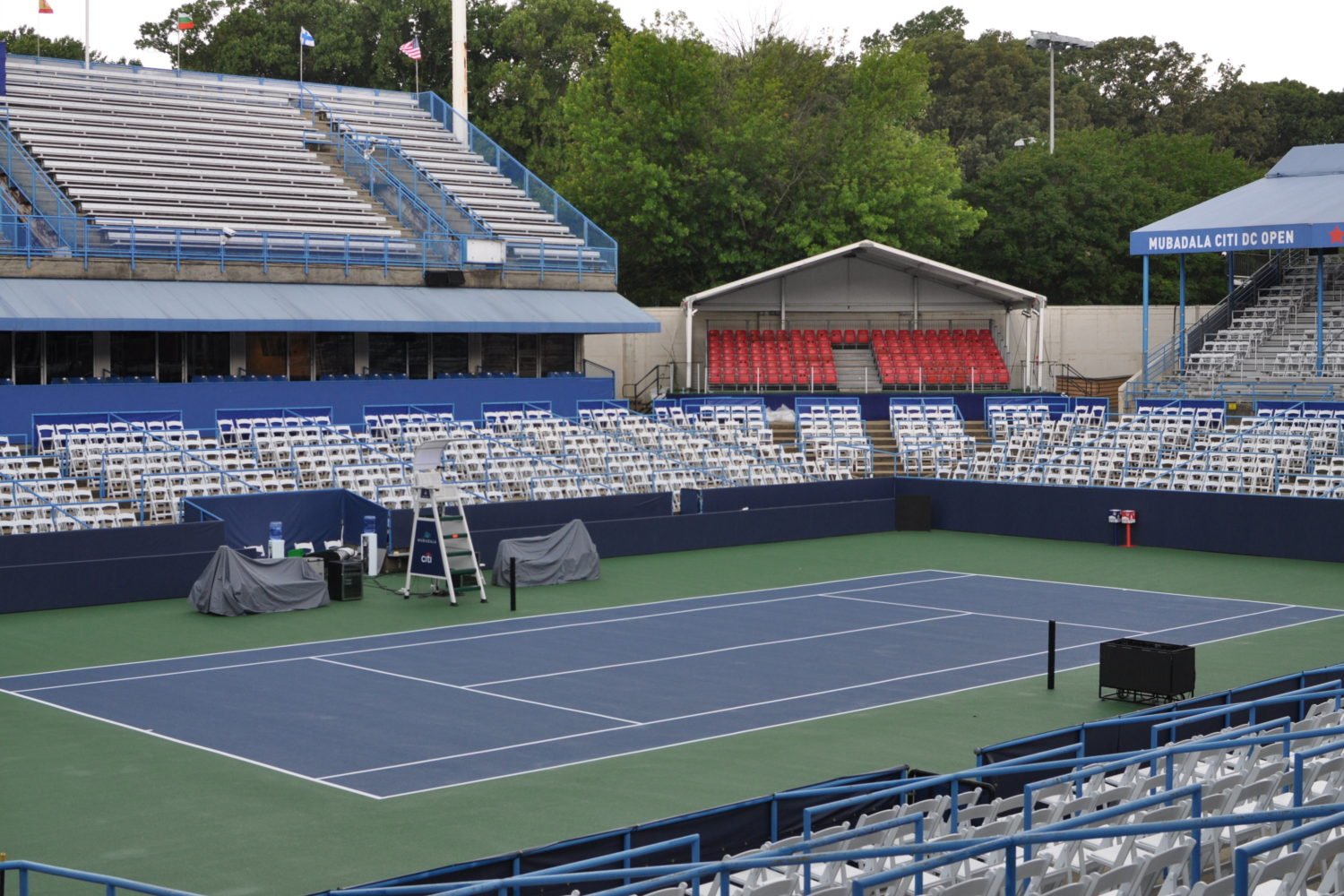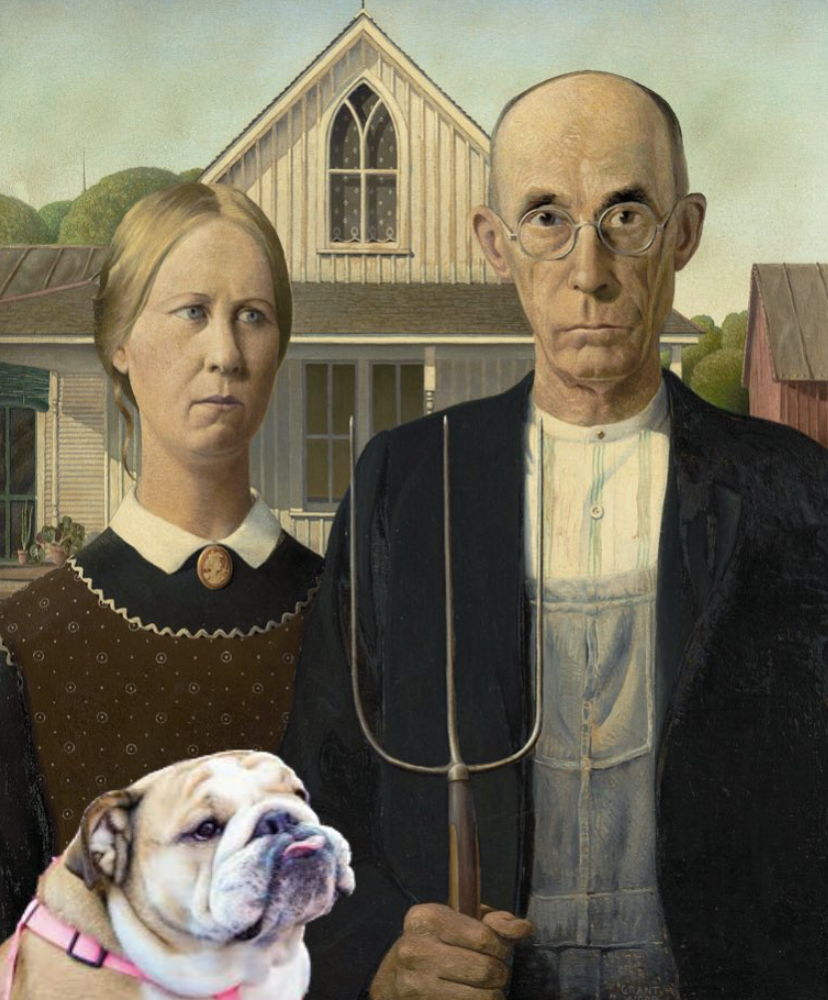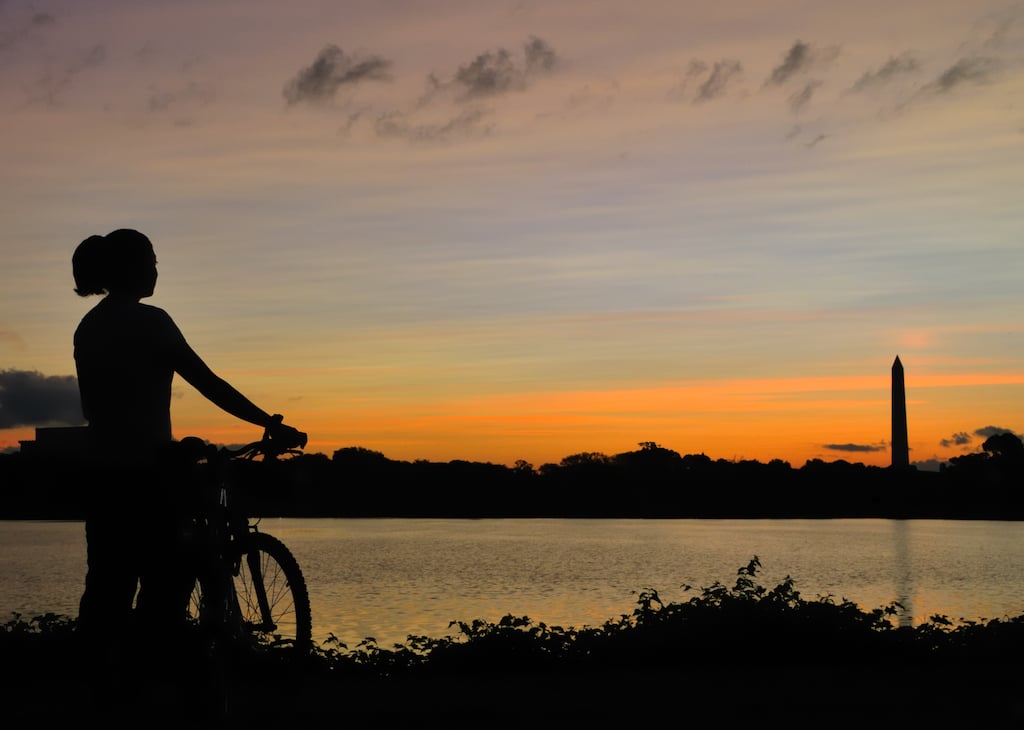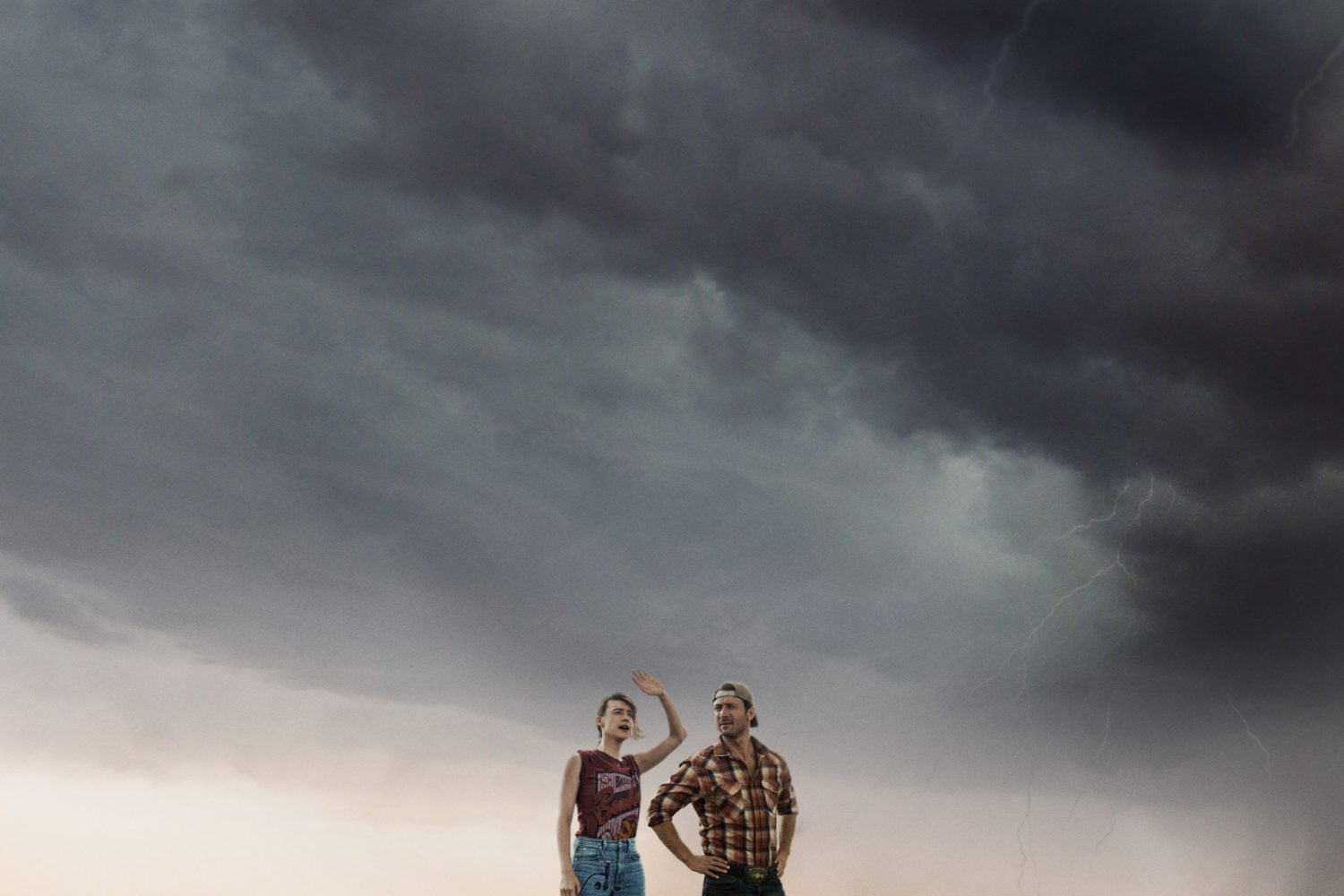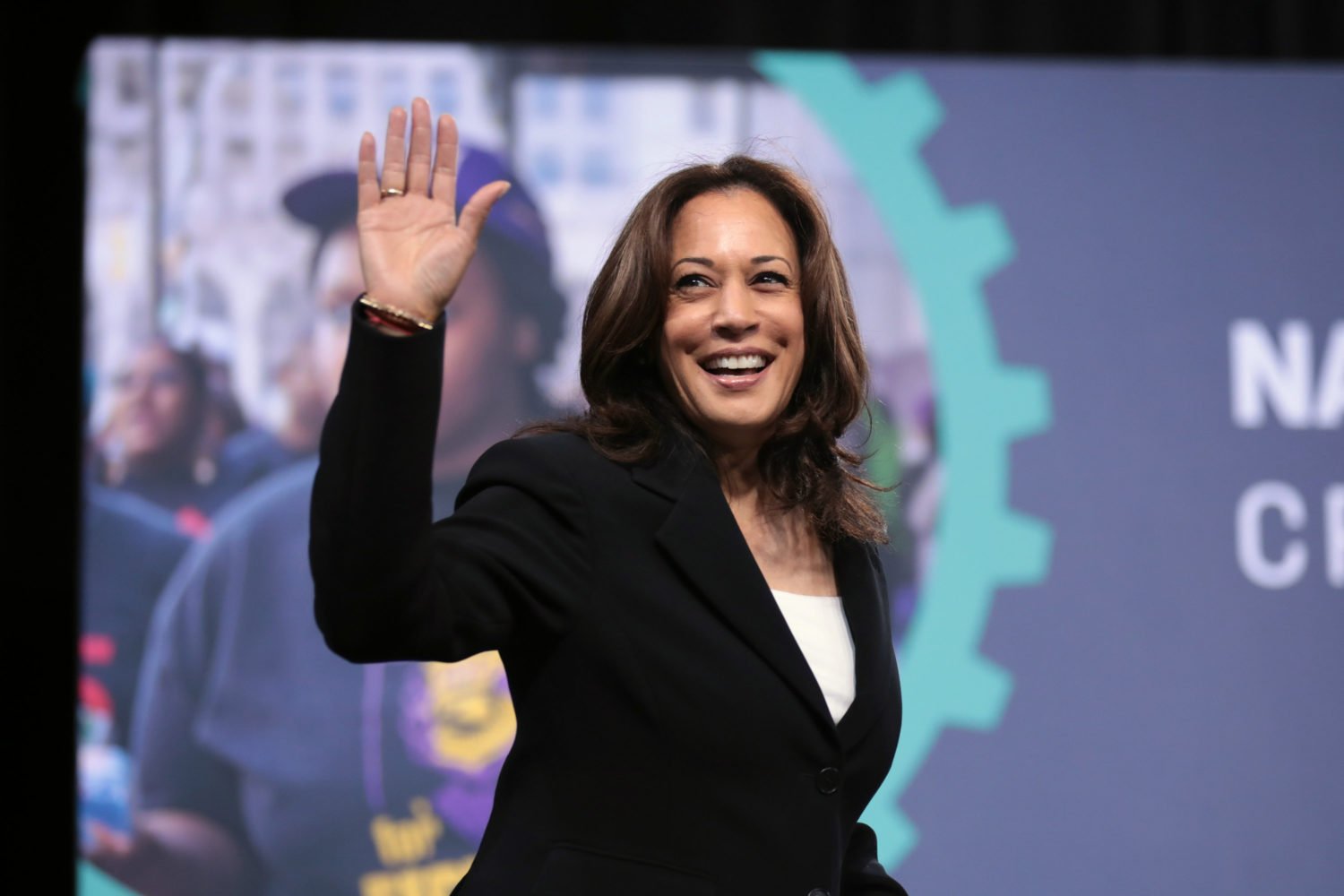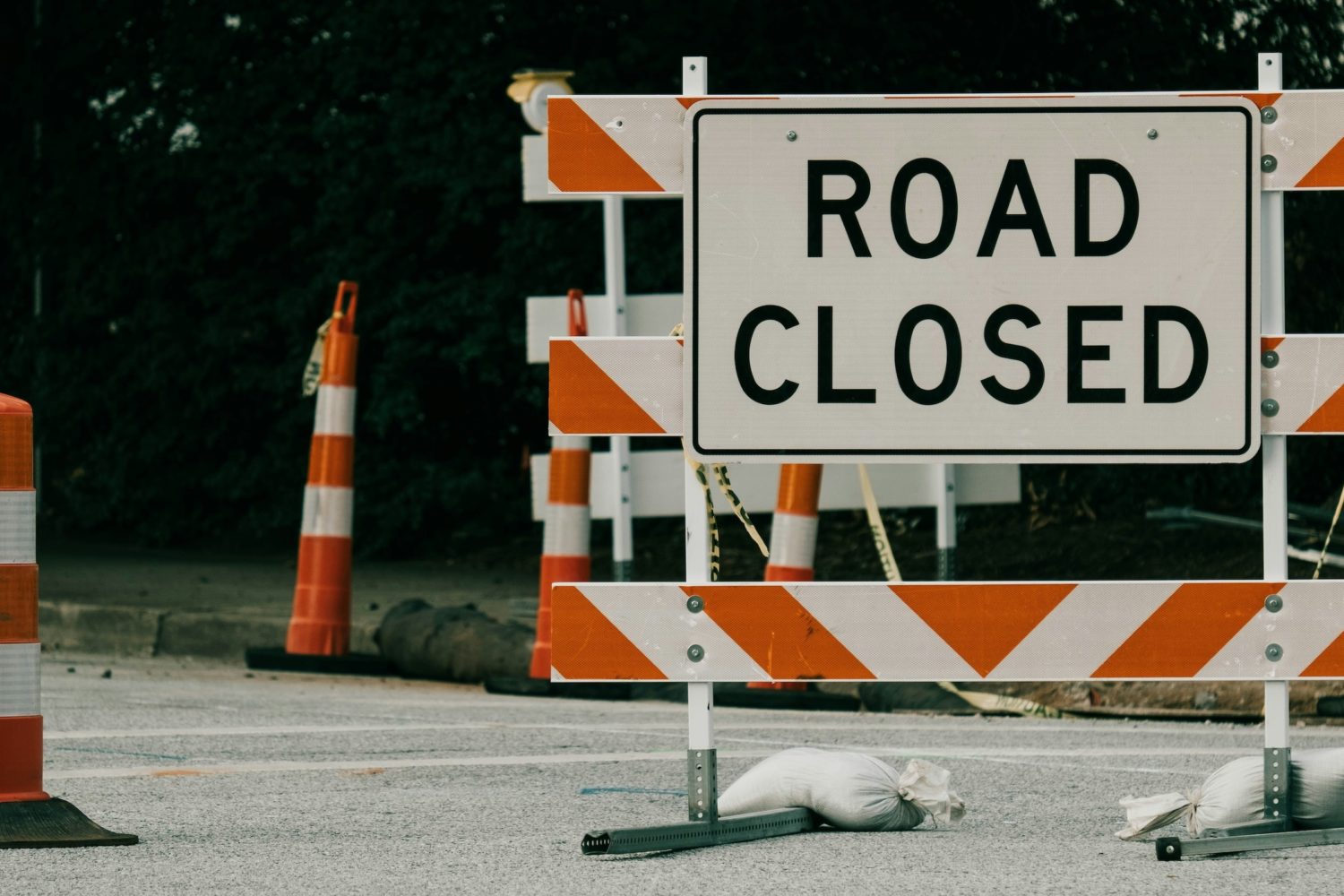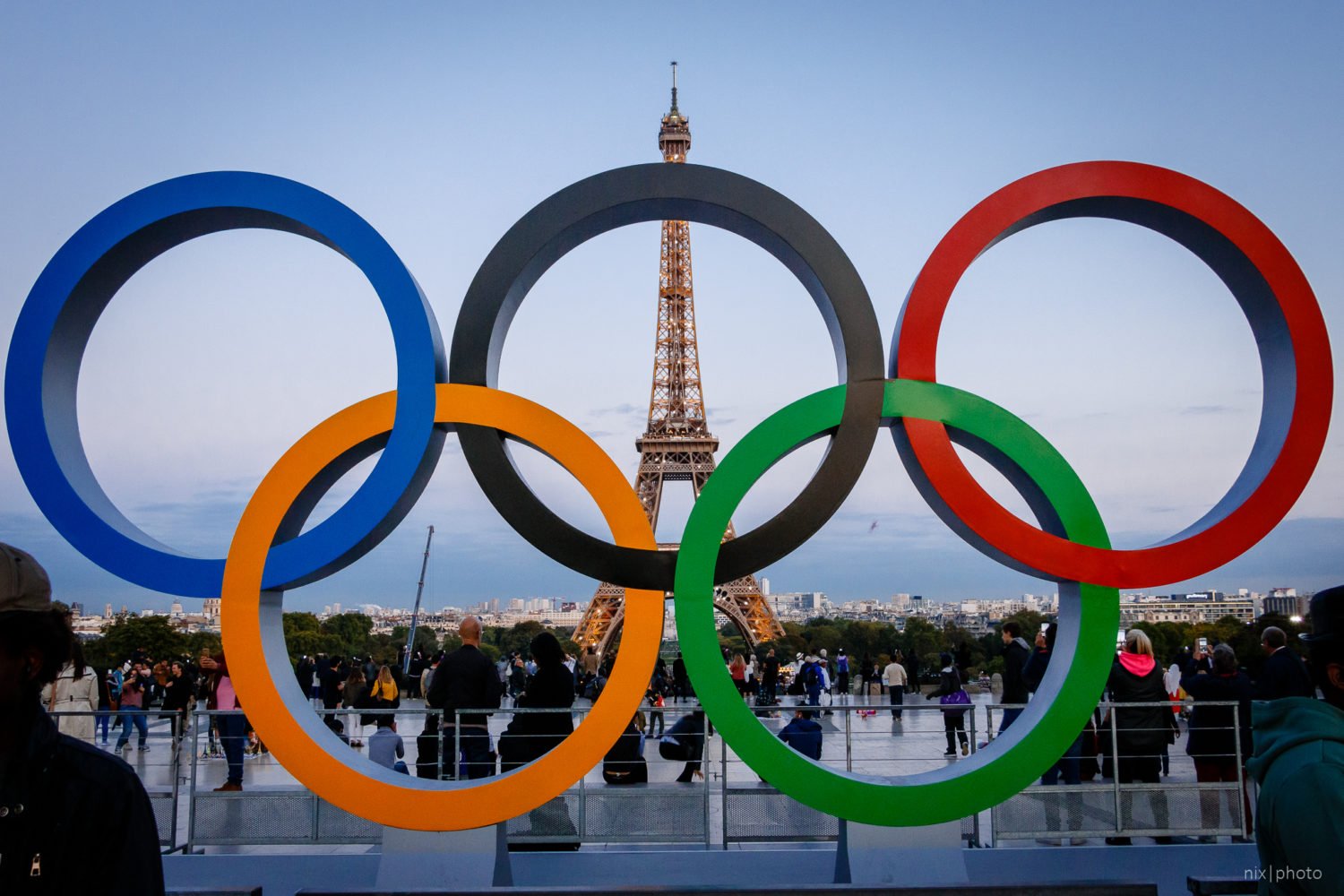Selma director Ava DuVernay’s documentary 13th examines America’s prison industrial complex and its effect on African Americans from slavery till now. The 2016 film, named for the Thirteenth Amendment, has been nominated for an Academy Award. Washingtonian spoke with Hans Charles, the film’s cinematographer and an assistant professor of cinematography at George Mason University, about what it was like to work on 13th:
It’s my understanding that you have some background with the topic in that you assisted some individuals who were in the prison system and you’ve had friends who were also incarcerated, do you believe that in some ways those experiences affected the way you directed cinematography?
For me it certainly informed the way I think about the subject matter, and when I wasn’t shooting the way I would discuss it. I worked for a mental health agency in New Jersey and quite a few of my clients had been incarcerated, so I could see the difficulty they were having in trying to find a place of supportive employment and things like that…so it had always been something I thought about–and sort of my brief brush with the justice system in something that I didn’t really do and seeing how easily you could be railroaded kind of informed me.
I certainly think as a cinematographer your energy on set, the way you think of a subject matter intellectually is important. When you’re an artist I don’t think there’s a real objectivity, I think you’re genuinely subjective whether you’re aware of it or not and I think it’s better to be aware of it. You can be more fair if you’re aware of your natural subjectivity than if you pretend to be objective. I certainly had a sense but it was interesting to have been part of interviews from such a breadth of people it affected or have influenced policy, so in some ways it was informational, so I think it added to the way I approached visually how the film would look.
You worked with Ava DuVernay on her 2013 film Venus Vs., about Venus Williams. How was the cinematography for this film different for you in terms of what you wanted to capture?
For Venus Vs. with Ava, it was my first time working with her as a cinematographer and working with her in the camera department. That was a sports documentary, so I was just trying to capture the energy. I shot all the action scenes for Venus Williams and the interviews with Billie Jean King, so I was really trying to capture the energy of tennis and the energy of the two subjects.
I think with 13th I looked to a photographer, Bruce Davidson, who shot the gritty subway images of the 1980s in New York City, and I knew that we would be interviewing policymakers, policy wonks, academics and historians, and I knew visually I wanted to make a mark that would juxtapose them but wouldn’t be stereotypical. So we didn’t shoot in any prisons, we didn’t go to alleys and shoot. But I wanted the lighting to kind of reflect a sense of grittiness and a certain starkness of the reality of the subject matter.
You teach at George Mason University–what do you hope your students will take away from the film?
The way I was taught, we don’t make movies necessarily to teach. One of my professors in graduate school said the most important part of storytelling is “Once upon a time.” Once upon a time there was this, and you have to trust your audience–whatever lessons that they come to a project to learn they will learn, you don’t have to teach them.
You have to tell a story. And I think that’s what we were attempting to do in 13th, we want to tell the story of the industrial prison complex in America and why we perceive things the way we do. Why, for example, rapists in a certain context will get six months and people will be railroaded for 30 years and it’ll be discovered that they didn’t do what they were accused and convicted of doing and how difficult it is.
So I hope my students are willing to throughout their education and as they become adults and well into their adulthood that they’re always allowing themselves to be informed and absorbing information constantly.
The film is only 100 minutes long–how long did it take you and your co-director to shoot all of the interviews? Did you know what parts of interviews you wanted to interweave together?
There was a moment that I realized Ava saw the thread of the film that ended up being the 13th. Principal photography took about six months, I think we started in July and finished the last shots in November and then Ava DuVernay, the film’s director, and Spencer Averick, the film’s editor, took almost another year-and-a-half, two years to go through all of that footage. Look at what our subjects were saying, see common themes that were coming up over and over again, look at the archival footage to put it all together. So it takes awhile to do it right. To make something that will last.
What was it like for you to see the film for the first time? Did it turn out the way you hoped?
Contextually there was nothing I would change. What I saw onscreen, I felt it in those interviews and knew we had something compelling. So I wasn’t surprised in terms of what ended up, because when you’re in the room doing these interviews you know. If you watch somebody mine for gold and all you see are flakes you’re not surprised if two years later they present a gold bar.
I was proud of myself that people walked away and said that it was beautiful, because as a cinematographer it’s really always what I want people to say.

